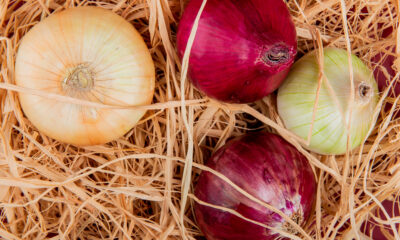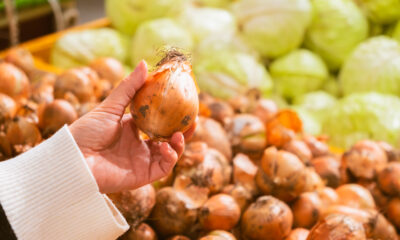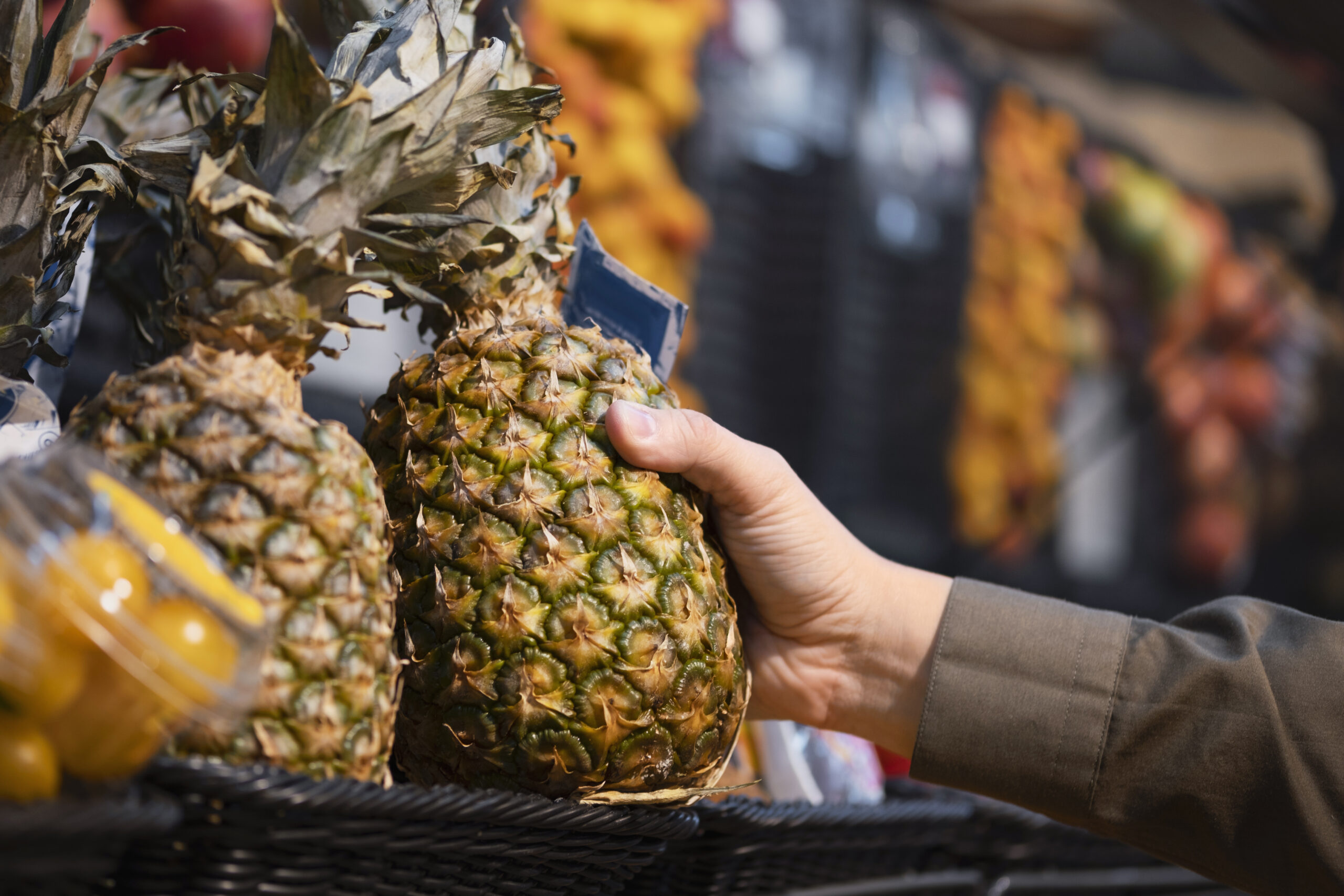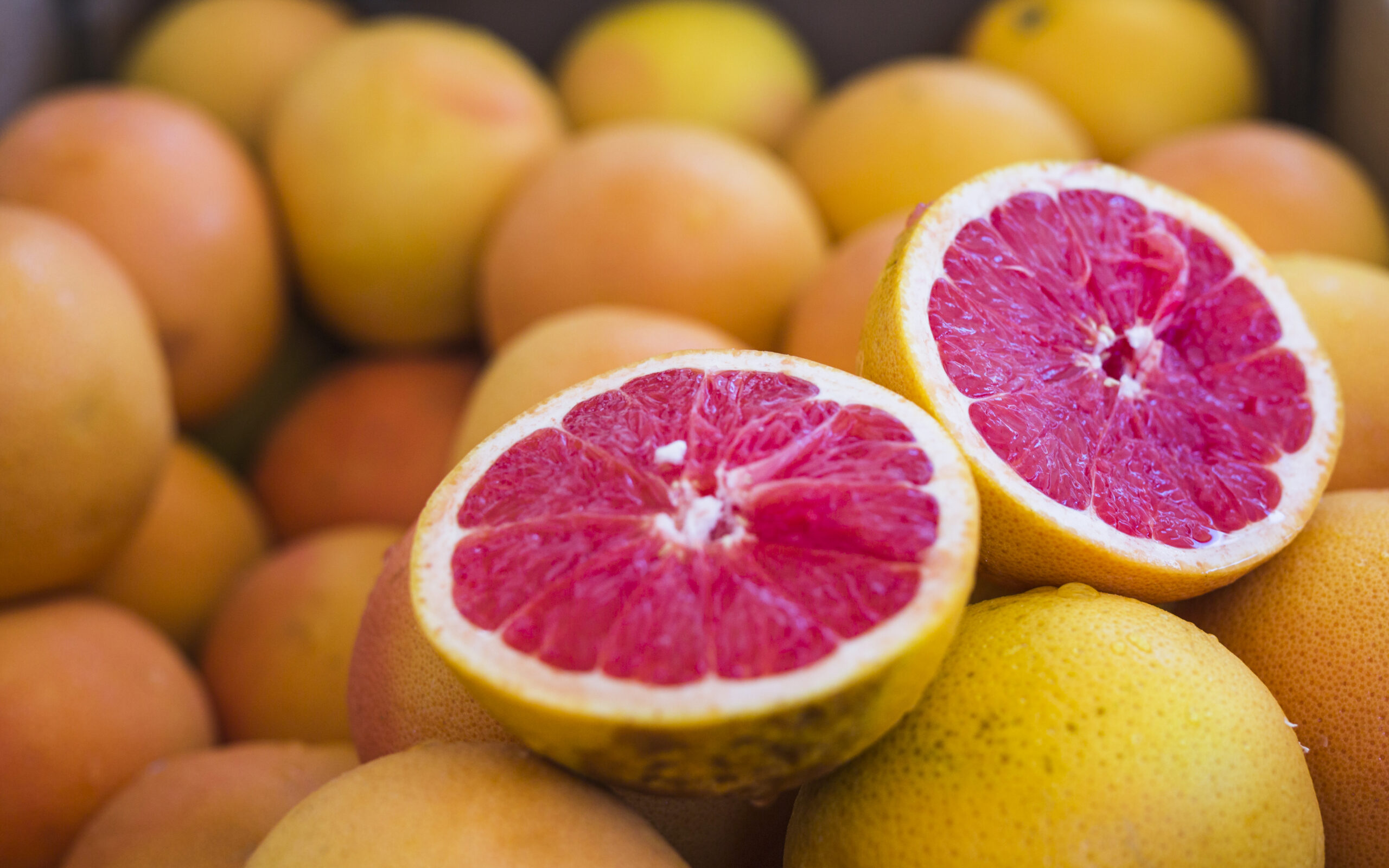Introduction
Sri Lankan pineapples have recently been granted access to the lucrative Chinese market, opening up new opportunities for the country’s agricultural sector and potentially transforming the pineapple industry. This significant milestone is the result of concerted efforts by Sri Lankan authorities and agricultural experts to meet China’s stringent import requirements, ensuring that Sri Lankan pineapples meet high standards of quality and safety.
This new market access could have a profound impact on Sri Lanka’s economy, particularly for local pineapple farmers and exporters. China is one of the largest and fastest-growing consumer markets in the world, with a rapidly increasing demand for fresh produce. By entering this market, Sri Lanka can tap into a vast pool of potential customers, driving growth in its pineapple industry.
The benefits are likely to extend beyond the immediate financial gains. Access to the Chinese market can encourage Sri Lankan farmers to adopt more sustainable and innovative farming practices, enhancing the quality of their produce and aligning with international standards. Furthermore, it may foster stronger trade relations between Sri Lanka and China, creating pathways for other agricultural products to gain similar access.
Sri Lankan Pineapples Granted China Market Access
The China General Administration of Customs released a notification on April 1st, detailing the phytosanitary conditions for bringing in fresh pineapples from Sri Lanka. China has approved the sale of pineapples, the second product from Sri Lanka to enter the market after bananas in 2015.
The Mauritius (“Queen”) pineapple is the most popular type in Sri Lanka. This fruit, which is perfect for eating fresh due to its rich perfume and sweet taste, is renowned for its conical shape, spiky leaves, and bright yellow flesh.
Even though there are more than 100 varieties of edible fruits in Sri Lanka, the country’s agricultural industry is underdeveloped, which leads to large post-harvest losses, low yields, and a failure to reach international quality requirements. China authorized the import of Sri Lankan bananas over ten years ago, but actual shipments are still essentially nonexistent.
Sri Lankan Pineapples Industry
The South-South Cooperation program of the United Nations Food and Agriculture Organization began a new initiative in Sri Lanka in May 2023, with a $1.5 million budget. The project is to raise fruit quality, boost fruit value chains’ production and commercialization, and raise the industry’s market value in Sri Lanka. The initiative, which will be carried out over a period of 2.5 years in five districts of Sri Lanka, will concentrate on increasing the yield, production, and commercialization of three significant local fruit crops: pineapples, mangoes, and bananas.
In accordance with the phytosanitary protocol, orchards planning to export fresh pineapples to China must put in place integrated pest management techniques, good agricultural practices, and a thorough quality management and traceability system overseen by Sri Lanka. To packaging, it is necessary to employ techniques like hand sorting, screening, scrubbing, or high-pressure water jet cleaning to guarantee that the fruits and crowns are free of any possible contaminants, including soil, grass seeds, plant leftovers, insects, mites, and snails.
Sri Lankan officials must sample every shipment and inspect at least 2% of each batch for the first two years following the start of commerce. One possible option is to lower the sampling proportion to 1% if no phytosanitary issues emerge throughout the two-year timeframe. However, the entire batch might not be shipped to China if any quarantine pests of concern are found. Furthermore, for the balance of the export season, pineapple exports to China from the relevant plantations and packing facilities may be prohibited, contingent on the circumstances. Authorities in Sri Lanka must also work to determine the root causes and implement appropriate solutions, keep accurate records, and provide them to Chinese authorities upon request.
Conclusion
The recent approval for Sri Lankan pineapples to enter the Chinese market marks a significant step in strengthening the country’s position in international trade. This move is expected to bring substantial benefits to the Sri Lankan pineapple industry, including access to a vast customer base and increased revenue opportunities for local farmers and exporters. However, achieving success in this new market requires ongoing commitment to quality, safety, and adherence to China’s strict phytosanitary requirements.
Sri Lankan authorities and industry stakeholders must collaborate to ensure that pineapple producers meet the necessary standards, from orchard practices to packaging and shipping protocols. The focus on integrated pest management, good agricultural practices, and traceability systems will help maintain the quality of the produce and prevent potential phytosanitary issues. Additionally, Sri Lankan officials must rigorously inspect shipments to minimize risks and ensure compliance with Chinese regulations.
While the challenges are considerable, the potential for growth in the Sri Lankan pineapple industry is immense. Access to the Chinese market may drive innovation in farming practices, boost production, and foster further international trade partnerships. Moreover, the success of this initiative could pave the way for other Sri Lankan fruits to gain market access, contributing to the overall growth of the country’s agricultural sector.
In summary, the approval for Sri Lankan pineapples to enter the Chinese market is a promising development that holds the potential to transform the pineapple industry and stimulate broader economic growth in Sri Lanka. Success will depend on a coordinated effort to meet China’s requirements and capitalize on this valuable opportunity.
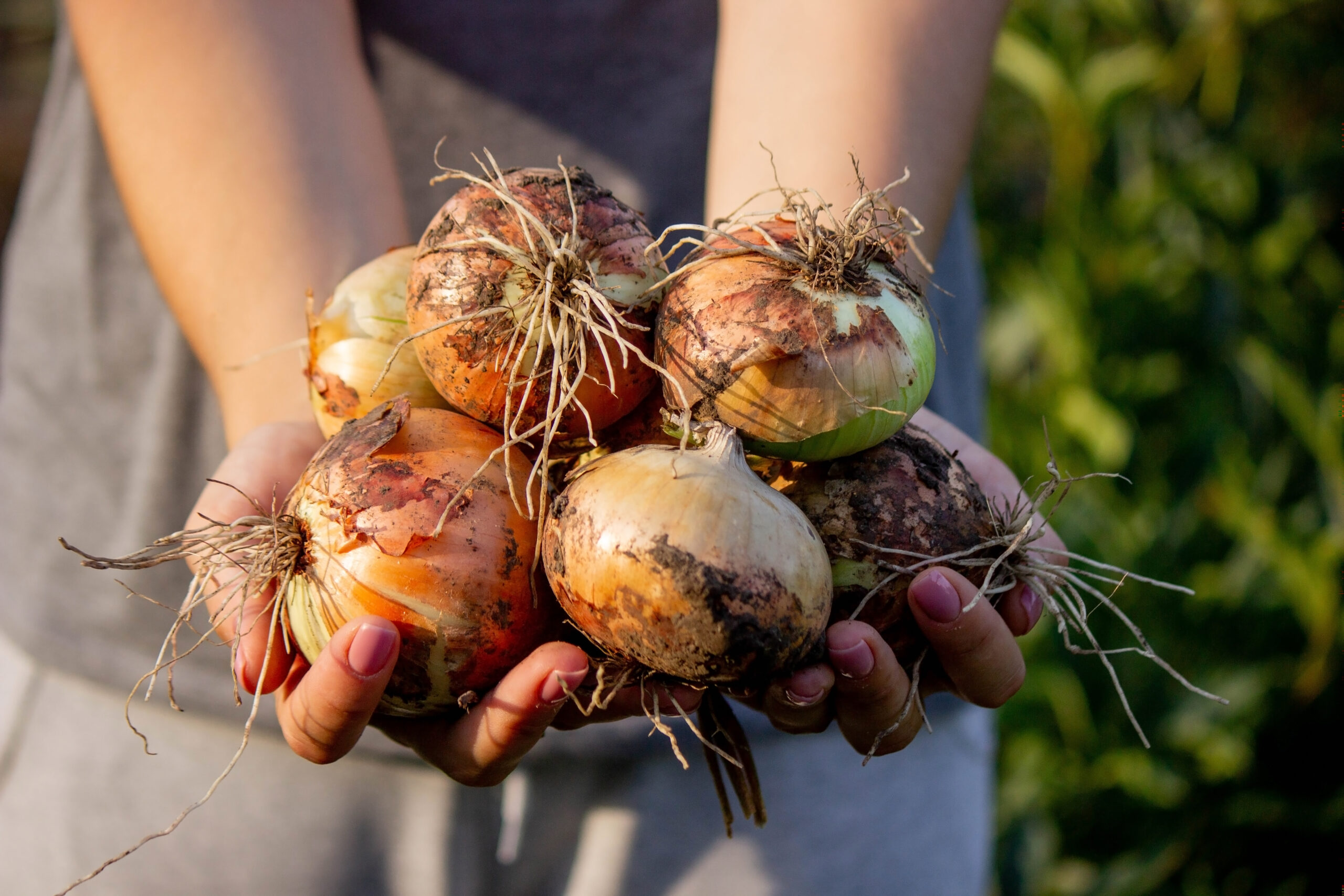

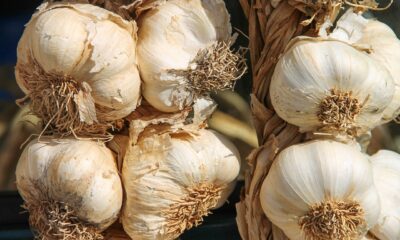

 Environmental Sustainability1 year ago
Environmental Sustainability1 year ago


 Agriculture, Transportation & Logistics7 months ago
Agriculture, Transportation & Logistics7 months ago


 Agriculture, Transportation & Logistics1 year ago
Agriculture, Transportation & Logistics1 year ago


 Food Safety & Quality Control1 year ago
Food Safety & Quality Control1 year ago


 Food Safety & Quality Control7 months ago
Food Safety & Quality Control7 months ago


 Food Safety & Quality Control1 year ago
Food Safety & Quality Control1 year ago


 Agriculture, Transportation & Logistics11 months ago
Agriculture, Transportation & Logistics11 months ago


 International Trade & Commerce1 year ago
International Trade & Commerce1 year ago
